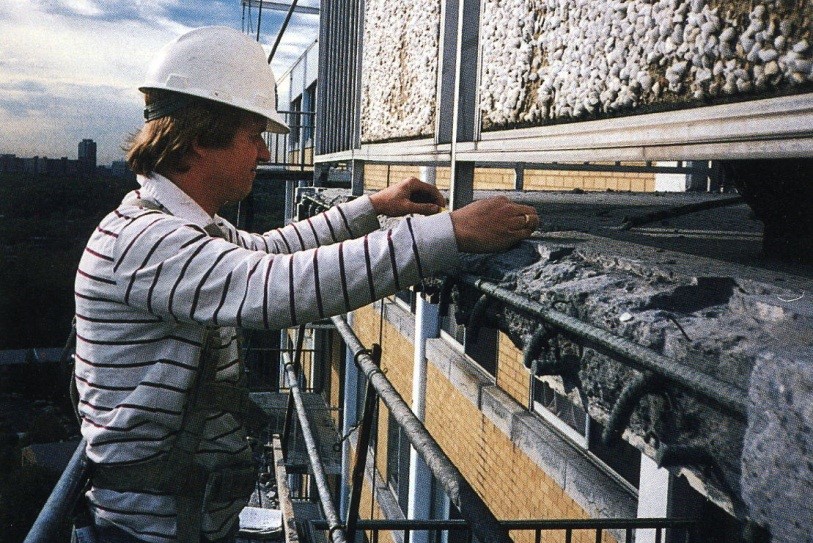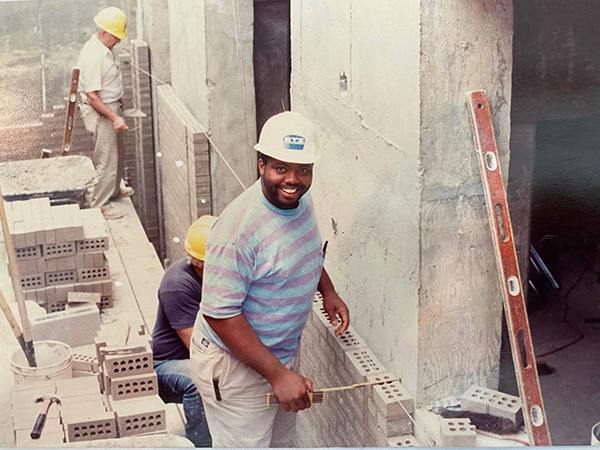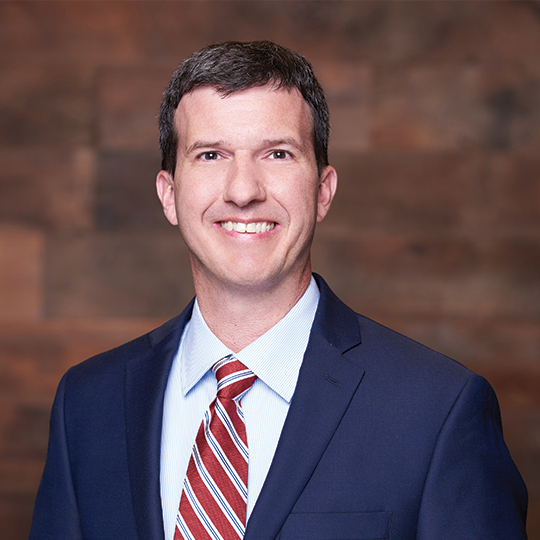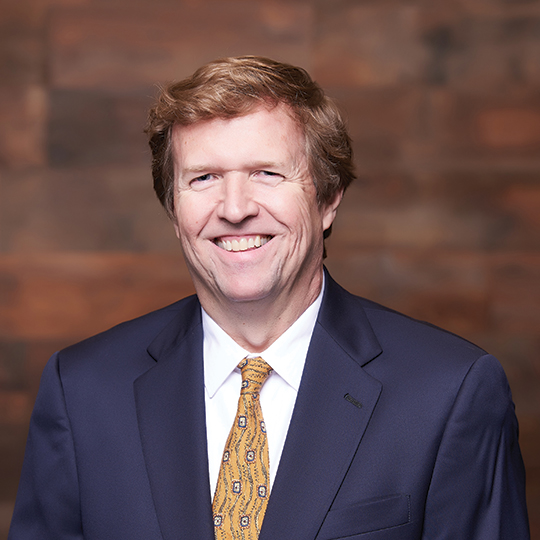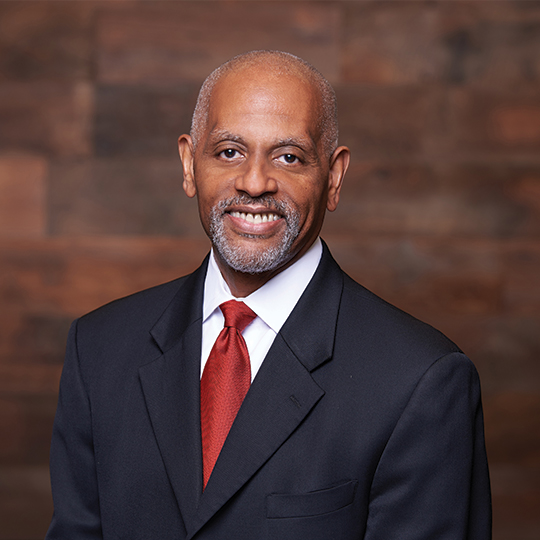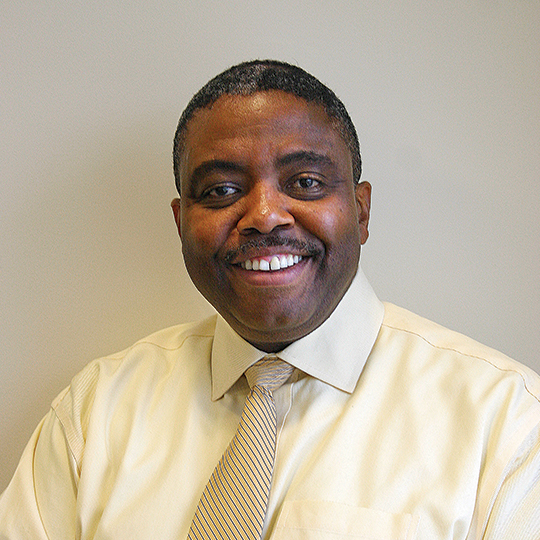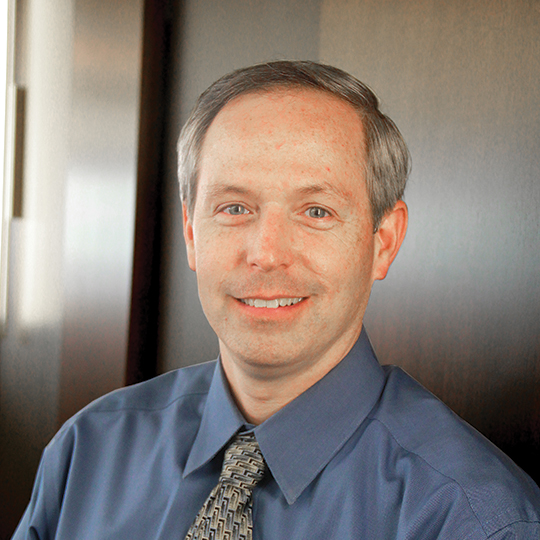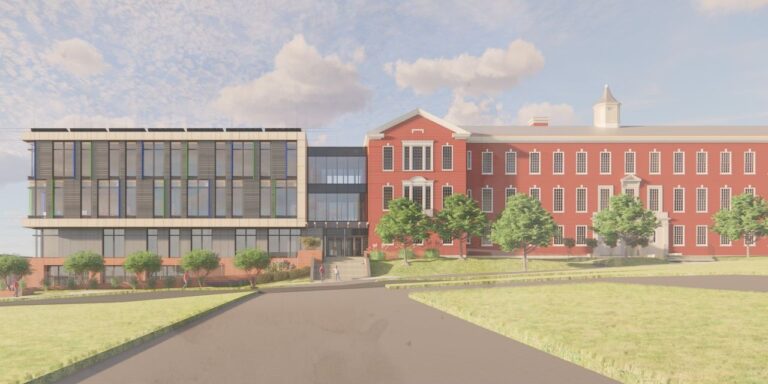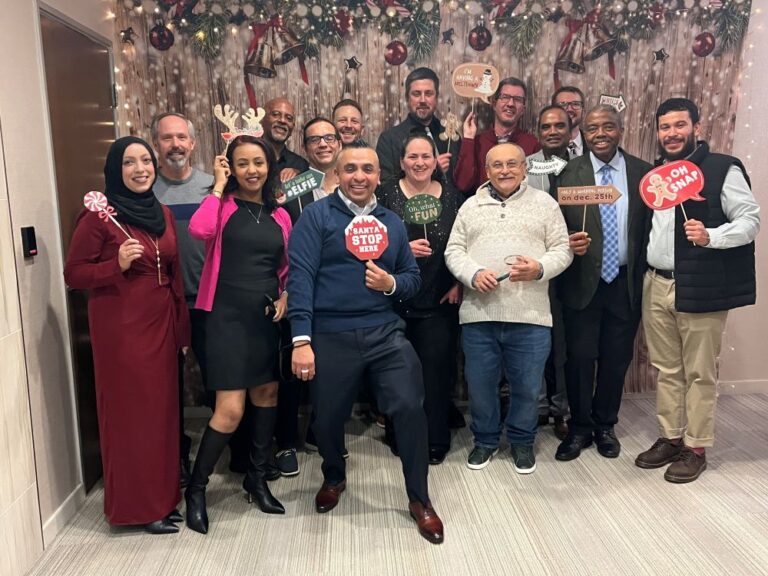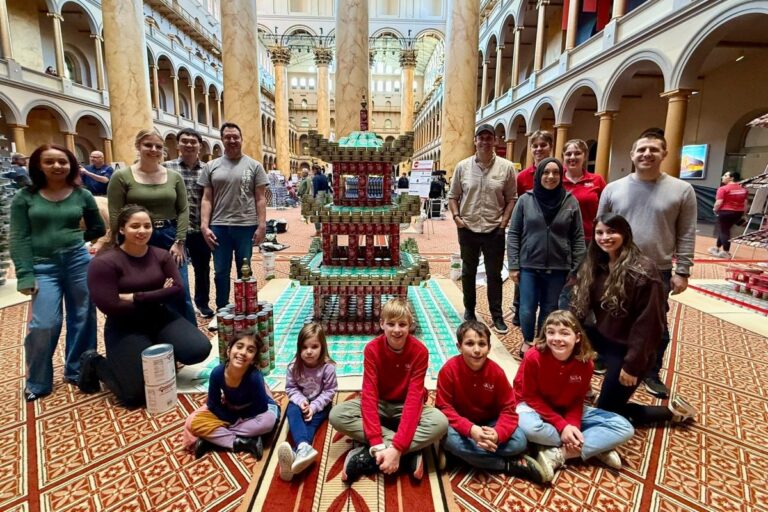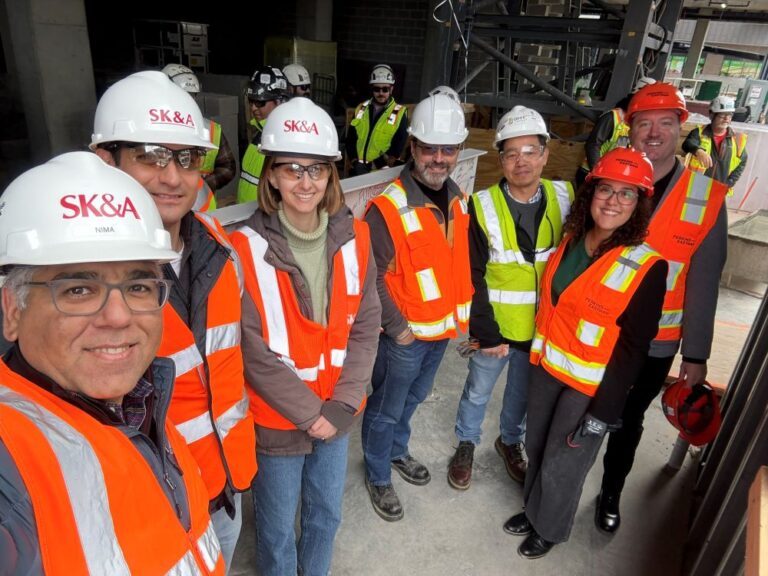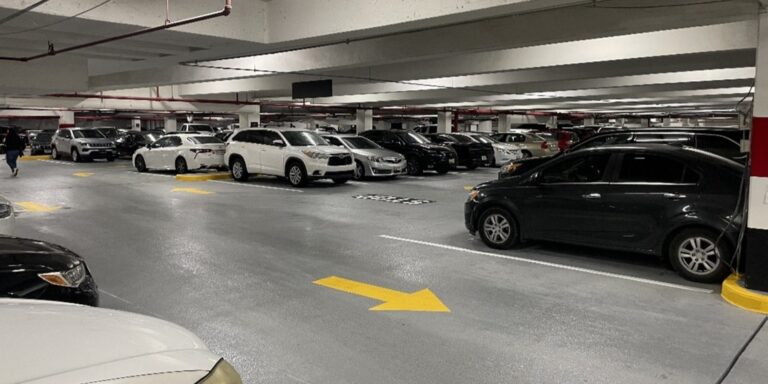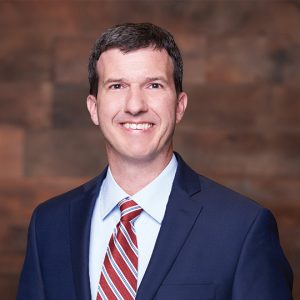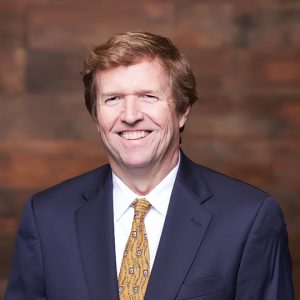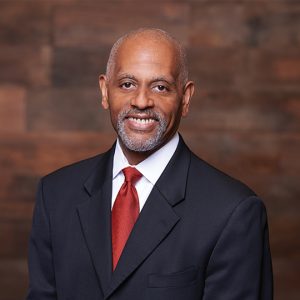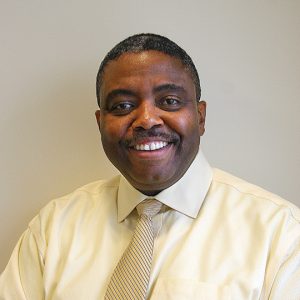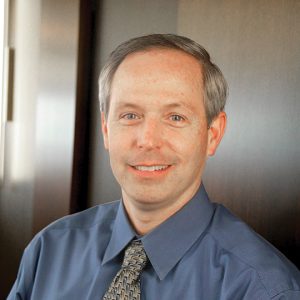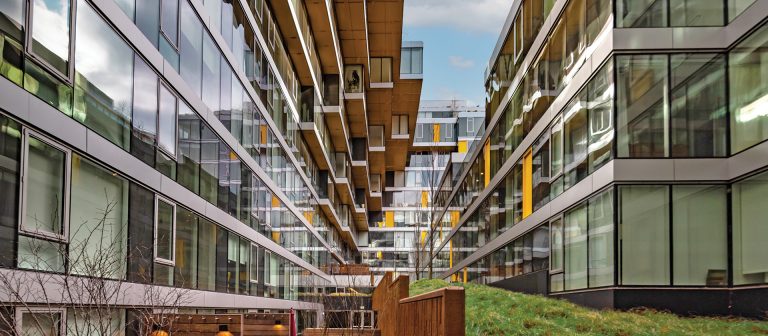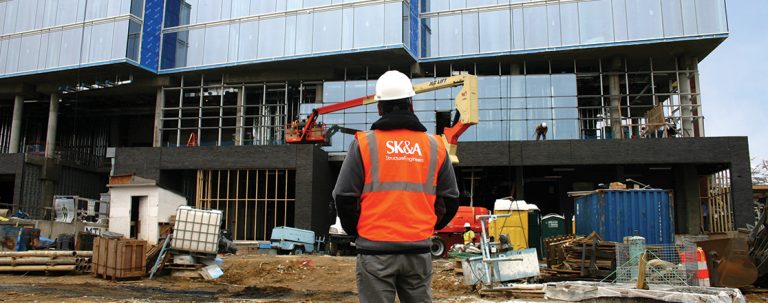Principal Emeritus David Rodler, PE details how the division formed:
Tell us a little about your background.
I grew up in Bethesda, MD, a suburb of Washington, DC and graduated from The Landon School in 1982. In 1986, I earned my Bachelor of Science degree in Civil Engineering from Tulane University in New Orleans. I then attended the University of Texas in Austin and graduated in 16 months with a Master of Science degree in Structural Engineering. My grandfather was a civil engineer, and he worked on designing turbines at the Hoover Dam, and consulted on dam projects around the world for the World Bank. I’m sure that had something to do with my early interest in engineering (my older brother is also a structural engineer in San Francisco, CA).
In January 1988, I came back to the Washington area from UT Austin and was hired by Dewberry & Davis to work in their Building Structures Department doing structural design work. They assigned me to mostly bridge widening projects for VDOT, but I wanted to work on buildings, so after about a year, I applied for a position at SK&A and started here in August 1989.
What was your Master’s Thesis about and how did it relate to Structural Repair?
At Tulane, I studied civil engineering which included soils, public water supply and wastewater management, and structural design. It was the Structural Engineering program and research at UT Austin that introduced me to the concept of structural repair and the materials that are used for it. My thesis focused on the testing and use of a material for concrete crack repair called high molecular weight methacrylate (HMWM). It’s a polymer produced at the time by Rohm and Haas, a chemical company that sponsored research at UT Austin. High molecular weight methacrylate was found to be a safer, quicker and easier alternative to its predecessor, methyl methacrylate (MMA), which was toxic and flammable. UT had a huge structural research lab which in 1987 was also involved with research related to the 1985 Mexico City earthquake.
How did SK&A Structural Repair & Restoration come to be?
The story dates back before my time, but Founding Principal, Azer Kehnemui, DSc, PE, shared this fascinating history with me:
R&R’s Beginnings “SK&A’s very first venture into concrete repair work was started in the early 1980’s by Larry Messick, a long-time employee of SK&A who had been hired by Alex Smislova (original founder and the “S” in SK&A) in the early 1970’s. Larry, who was an architect, not an engineer, turned out to be a wonder boy of structural engineering and detailing. He could handle any type of new project as if he’d been doing it all his life. When we were awarded an underground bomb shelter in Saudi Arabia, Larry prepared structural plans and details of such high quality that we heard the U.S. Army Corp. of Engineers used our plans as a model for other engineering firms they contracted with.
So it was that one day we were asked to take on the repair design of an old parking garage in Prince George’s County. I wanted to avoid the project, but Larry said he’d do it: survey, design, detailing, specs and supervision. He took it on and completed it successfully. I believe it was during that project that Larry Messick came across Peter Emmons, of the then very small firm of Structural Preservation Systems (SPS) for whom Randy Hodges was working as a field technician. Sometime after the garage project, Peter Emmons called me and came to our office to meet with Cetin and me about a project. SPS had been engaged to investigate a number of concrete silos (I believe owned by Alcoa) in Jamaica that had been cracking. He wanted us to analyze the silo structures, try to determine the cause of cracking, and then to devise and implement repairs, working with SPS’s Randy Hodges. Khalil Khozeimeh, DSc (SK&A’s former IT Director) and Cetin took on the analytical part of it and arrived at some conclusions. Larry and Randy flew to Jamaica to observe the silos and prepared plans and specs for the repairs.
Afterwards, they spent quite a bit of time in Jamaica until the job was completed. Upon their final return, Larry approached me and persuaded me to reach out to Randy Hodges and hire him, as Randy had his PE license and wanted to work for an engineering company rather than remain a repair contractor. Randy began his work with us managing operations for Eastern Testing & Inspection, a subsidiary of SK&A at that time.”
– Azer Kehnemui, DSc, PE, Founding Principal
Eastern Testing & Inspection (ETI) and SK&A’s Repair & Restoration Division
I joined SK&A in 1989 to work on building design, but in 1990, a significant recession hit the Washington, DC area hard. Many of our clients were putting their new construction projects on hold, but our testing & inspection group at the time, Eastern Testing and Inspection (ETI), was busy with building inspections, specialized concrete testing and sounding, checking rebar layout, inspecting concrete repairs, etc. ETI was being managed by Randy Hodges, who Azer had hired (as described above) for his vast experience as a structural repair contractor. Horace Willis at the time was an Inspector for ETI working on new construction projects.
SK&A’s longstanding relationship with the company Charles E. Smith was a major resource for our early repair work. Charles E. Smith built most of Crystal City and owned a big portfolio of buildings there. They had their own engineering group called, Consolidated Engineering Services. They prepared structural repair specs for their own buildings, however they didn’t want to be out on the jobsite, testing and sounding concrete, and laying out concrete repairs. Their department wasn’t geared up for that, so they hired ETI for those services and Horace and I ended up inspecting their work which included numerous parking garages, balconies, masonry facades and plaza decks. We also performed field work for a small firm called Thomas Downey Ltd. With projects from Thomas Downey and Consolidated Engineering Services, our workload grew very quickly.
Another formative event which occurred during this time was the founding of The International Association of Concrete Repair Specialists (IACRS) in 1988. This association, now re-named The International Concrete Repair Institute (ICRI) was started by a group of structural repair contractors, consulting structural engineers, and repair material manufacturers. These three groups formed the project team typically working directly for building owners to perform structural repairs. Their vision was to formalize and improve the business of structural repair.
Prior to 1988, the design of structural repairs was typically done by structural engineers as a part-time endeavor to supplement their structural design work. Most of the innovation and experimentation with materials and preventive maintenance techniques was being refined by repair contractors and repair material suppliers. The formation of the first chapter of IACRS was in the Baltimore-Washington area, and Randy Hodges was on the board of directors along with Peter Emmons from SPS and Tom Downey. Randy insisted that Horace and I attend ICRI dinner meetings with the associated technical presentations and the spirited question and answer sessions which followed. We made many friends at IACRS who we still see at ICRI meetings and who we continue to work with on repair projects.
Although the recession of 1990 may have brought a temporary slowdown of new building design projects, it seemed that the amount of repair work was simultaneously on the rise. As the youngest engineer at SK&A, I was very fortunate that Randy was able to pull me in to help with the projects that he and Horace were working on with ETI. We became busy with structural surveys, inspections, specialized concrete testing, drafting repair specifications, and repair consulting. It wasn’t long before Randy convinced Azer that we should pull the practice of repair consulting from ETI and move it to SK&A. With Randy Hodges in charge, and Horace and I as his first Project Engineers, SK&A’s Structural Repair and Restoration Division was established in 1991.
By mid-1993, SK&A’s R&R Division was in full swing and our client base was growing. We were all quite surprised when Randy then announced he would be leaving. He was moving away from the DC area, and ultimately planned to turn his passion for blacksmithing into a full-time pursuit. Azer and Randy agreed that I would manage the new R&R Division, which was quickly supplemented by hiring Bob Wychulis in 1994, moving Valery Mosyak from ETI to SK&A in 1995 and bringing on Tom Garman in 1996. Brent Stephens, a Principal with R&R Division, came to us in 1999 after he completed his master’s degree at UT Austin in Structural Engineering.
Horace and I remain grateful to Randy Hodges for his early mentorship, including his training and experience from Peter Emmons at SPS. We also have Azer Kehnemui to thank for his confidence in my young leadership of a small niche group within his structural design firm which already had such a rich history. We have had the support of a deep team of firm leadership and knowledge at SK&A which allowed us to grow from that group of two in 1993 to our current size of 34. This group now includes Testing & Inspection Services, which carries on a full-service specialized concrete and materials testing lab and a broad spectrum of testing and inspection services.
